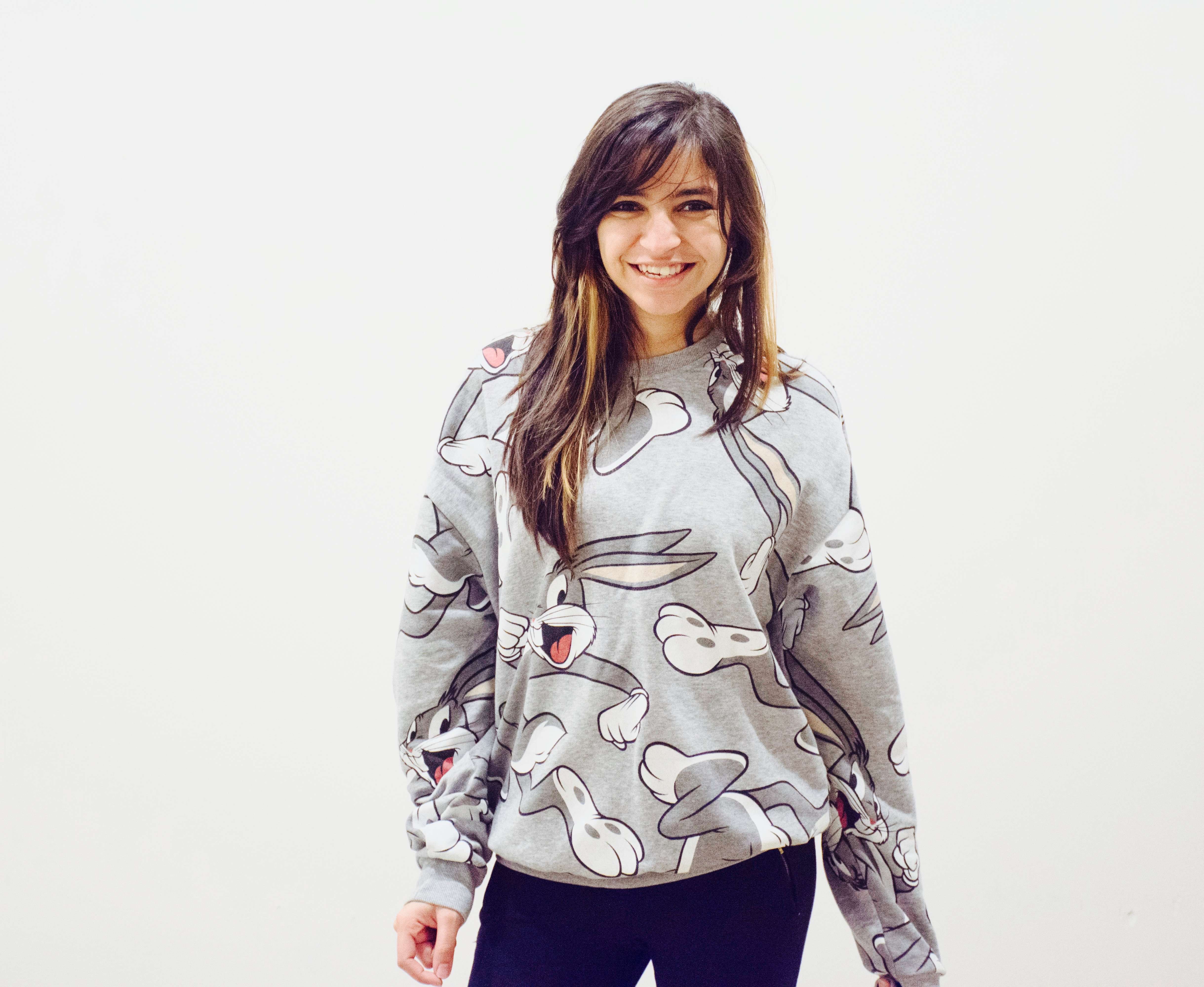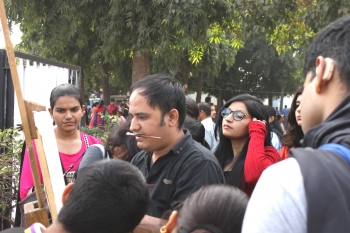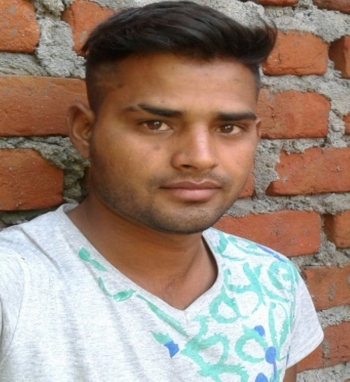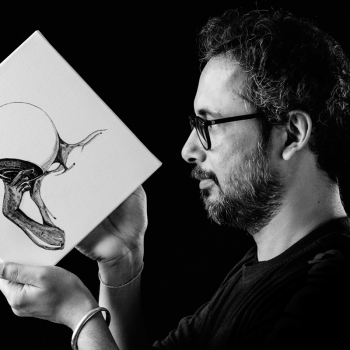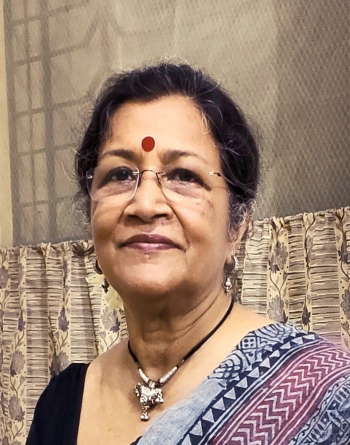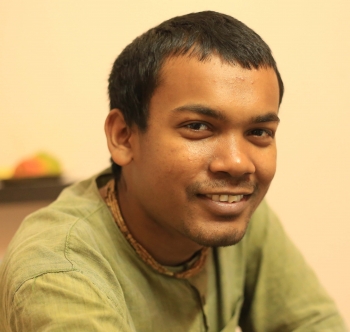Art connoisseurs unanimously claim that paintings are a mode of ingenious & creative expression. Any canvas etched upon by an artist is a clear representation of the way in which Indian-ness is perceived by the creator. Besides, onlookers add their thoughts to understand the depictions and the artist’s brush strokes to and come up with their own interpretations.
For the records, India has undergone a steady change over the years. Especially during the renaissance era, Indian painters created four painting modes. Upon them, certain modern techniques are based in today’s art world. In order to come to terms with the various art forms of past and present, people have to understand that Indian art images render an aesthetic continuum. These artworks extend across early civilizations and till date, some of these paintings incorporate traditional techniques that are essentially religious. Such canvases have been created on purpose which has invigorated Indian portraits to evolve over the years.
Today the Indian fine art hemisphere has become a smooth amalgamation of various cultures and traditions. Over here, the soil resonates Indian-ness and so does the works of an artist. After all, the country’s original expression has been derived from the forte of the Bengal School of Art. This revered institution has been developing academic art styles since time immemorial and has derived a certain amount of inspiration from British Art Schools.
Since the year 1919 when Kala Bhavan was established in the renowned institution of Shanthinikethan, under the guidance of eminent Indian artist cum poet Rabindranath Tagore, fine art has endured a colossal alteration. Together with modernist styles and traditional techniques, artists have been able to come up with exceptional art forms. After all, Kala Bhavan was one of the very first art schools which had been founded during the British period in India outside the realms of colonial art education system. The then faculty members of the institution not only exhibited their creations together but also inspired budding artists and illustrators to showcase their unique form of painting & sketch style.
What do Indian paintings reflect today?
Indian paintings, for the records, are a lot beyond textbook styled etchings. These unique canvases incorporate creativity galore through several forms of media. The present-day contemporary culture of India can be witnessed in some works of burgeoning artistes namely Lavanya Venkatesh, Chanchal Ganguly, Anil Chaitanya Vangad, Vijay Naga and Bijeta Nand. These illustrators specialize in a unique style that can be dubbed as traditional. These masterworks are majorly photo prints, acrylic on canvas, watercolor, tempera on paper, fabric paint on cloth or oil on canvas masterpieces.
Sometimes, the artworks of Indian artists reflect the riots of the present-day troubled society. This also comprises of the entire geography which has been represented in the form of sculptures, paintings, installations and digital influences. Some professional artists who have been instrumental in making a mark in the global arena of art & craft from India have time and again claimed that ours is an effervescent society. These societal changes influence the art schools and no wonder that the podium of creativity in the nation has become so liberal and accepting.
Therefore, being contemporary is the mantra of the hour and Indian artists have adopted this style. The art form not only globalizes their canvas but also allows Indian origin artists to touch the heart of international audiences through their smooth brush strokes. Besides, the emergence of technology now enables an art connoisseur sitting in a gallery in New York to view as well as appreciate the painting of an Indian artist who lives in a small Indian village. They can exchange their thoughts as well as get connected in a jiffy. Some online art galleries and exhibitions also showcase Indian paintings. These places encourage budding artists as well as art lovers to come to terms with their needs. No wonder that in this age of mixed media and convergence, online painting galleries not only allow artists to exhibit their art masterworks but also showcase their casting, bronze and glass sculptures.
Finally, it is clear that art in India has been successfully reaching out to the masses. Though the fact remains that the work here is not comparable to the West, yet the artworks created in this land are unique and speak their own language. These works have altered the trends and artists today believe that the world is changing. Hence, artists from towns, cities as well as rural areas in India are coming forth with their works are slowly carving a niche for themselves. Their work is not only appreciated but also displayed in international galleries at regular intervals. Hence, the expression of traditionalism via Indian art paintings has created a new scope for Indian art.











